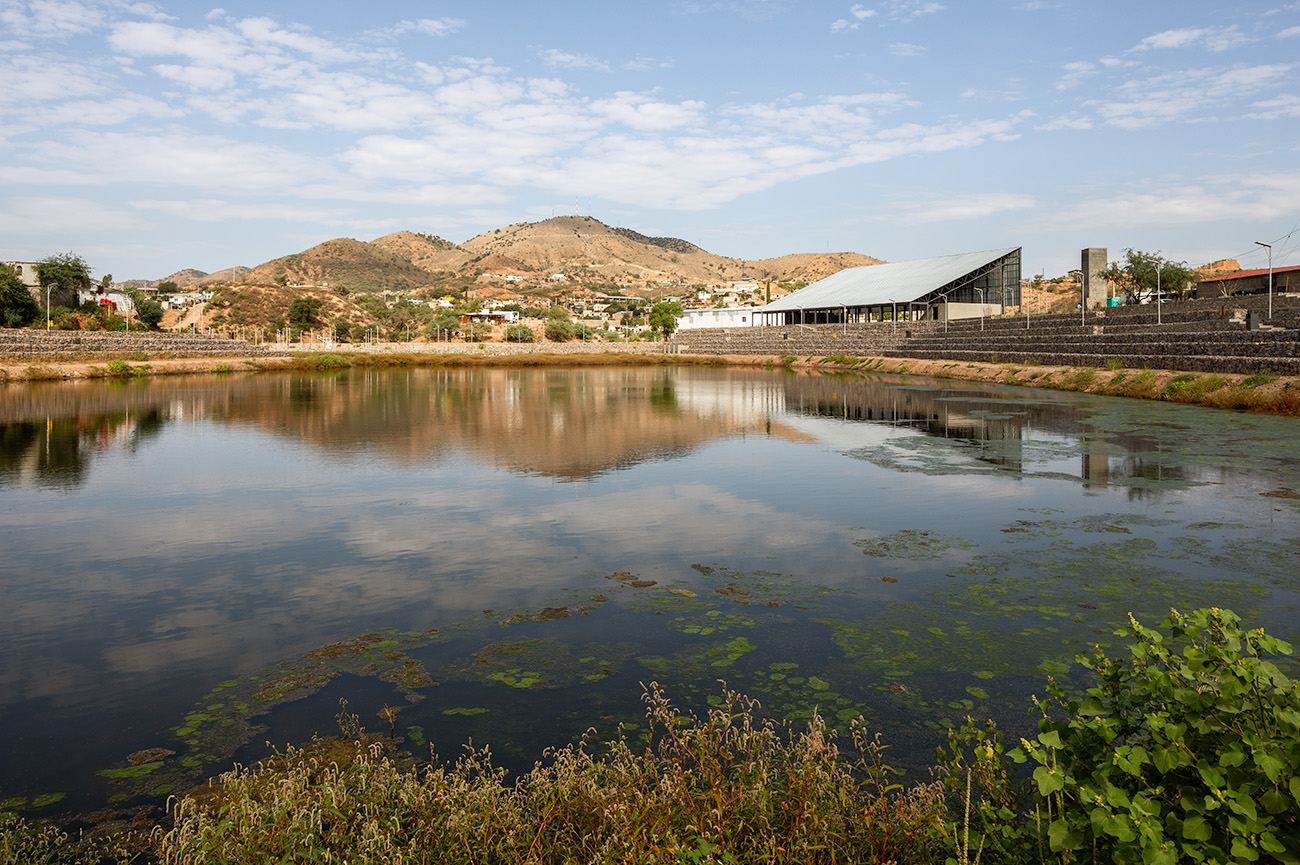When is Day Zero?
Water Perception in Mexico CIty


Pleasure_ Lago de Chapultepec

Agriculture_ Mezquital Valley

Denial_ Avenida Viaducto Alemán

Agriculture_ Chinampas Xochimilco

Waste_ Río Magdalena

Merchandise_ Tiienda de Abarrotes
Different Actors in Water Management

Remaining Water Bodies


In 2023, the Zumpango Lagoon stopped having water and is almost entirely covered by crassipes water lily. This site was a tourist attraction that employed dozens of families in the region, who served restaurants, shops and boat services to tourists who came every weekend, but today, everything is abandoned

It is a body of water and a dam.
Today, it functions as a recreational space, where people can practice sports and family reunions.

The previous government decided to finish drying Lake Texcoco to build the new international airport in Mexico City. It was a completed project; the winners were Norman Foster and Fernando Romero.
Construction began with the foundation, and there was a change in the presidency at that time.
Fortunately, the current president cancelled the construction and hired architect Iñaqui Echeverría to recover the space as a nature reserve.
The objective of the Lago de Texcoco Ecological Park consists of the water and ecological recovery of more than 14,000 hectares of land and its declaration as a Protected Natural Area.

It is considered one of the Global Agricultural Heritage Systems by the United Nations.
Each year, the borough loses six hectares of former lakebed to illegal settlements.
According to the borough, about 90,000 people in Xochimilco live in illegal settlements, such as those in ecological zones, and 33,804 families live illegally on the chinampas The most problematic are those closest to the canals, which cause the most pollution. The area is also sinking 18 cm (7.1 in) per year due to over-pumping of groundwater, and canals are being filled in illegally. The deterioration is happening so fast that UNESCO has threatened to pull Xochimilco World Heritage Site status.

It is the only “living” river in Mexico City.
The river rises in a nature reserve in the mountains and enters the city through a self-construction area. There is no drainage for homes, and their drains connect to the river, polluting it. The river is then channelled and directed to the city drainage.

Currently, unplanned urbanization around the lake has generated serious problems, such as lake pollution and severe flooding seasons every year.
Water Strategies

Citizen Scale
ISLA URBANA- Project dedicated to contributing to water sustainability in Mexico through rainwater harvesting.





Image and Text Source: https://islaurbana.org/
Isla Urbana has designed an environmentally, socially, and economically sustainable rainwater harvesting system that collects and cleans rainwater for households, schools, and health clinics.
The system is inexpensive, easy to install, and provides individual residences with about 40% of their annual water supply. If implemented on a large scale throughout Mexico City, this simple technology could provide 30% of the city’s water and help give a sustainable water source to the 12 million Mexicans who lack access to clean water.
Isla Urbana Foundation is a 501(c)(3) Non Profit Organization in the United States and Lluvia Para Todos is the main partner in Mexico, which is run by the same team with the common mission to provide clean water for Mexico through the sustainable technology of rainwater harvesting.
Architecture Scale
TALLER CAPITAL- Loreta Castro



Image and Text Source: https://archleague.org/article/the-image-of-water/
Mexico City’s Ministry of Environment (SEDEMA) asked us to carry out a project dealing with the culture of water. SEDEMA’s goal was just to understand whether putting out public messaging about ways to save water could lead to reduced consumption—it was looking for something along those lines. But at that time, we were starting to work on La Quebradora, a project we did with UNAM, and we were thinking about ways to communicate the benefits of that park to the public. So we wanted to start looking at ways to help people understand that public space could function as infrastructure.
Neighbourhood Scale
ORU- Oficina de Resiliencia Urbana



Image and Text Source: https://www.o-ru.mx/
The project’s main objective is to explore the potential of 'Hydric Districts' as an alternative medium-scale vision for water management in Mexico City.
Unlike large-scale, conventional gray infrastructure or small-scale green infrastructure projects, the medium-scale 'Hydric District' proposes a design framework to address the water crisis in Mexico City while enhancing livability and biodiversity. The Hydric District expands the conventional notion of water resources by the principal premise that urban waters -rain, gray and black water- are a valuable resource and not waste.
Borough Scale
DE URBANISTEN- Towards a Water Sensitive Mexico City



The Public Space Authority of Mexico City (Autoridad del EspacioPúblico; AEP) recognizes cyclical flooding and water shortages as some of the most pressing urban vulnerabilities in Mexico City (CDMX). The city faces a water paradox of simultaneous abundance and scarcity. AEP defines an ambition of combining quality public space, problem solving water management strategies and creating socially sustainable places in the urban public realm.
Water Strategies

